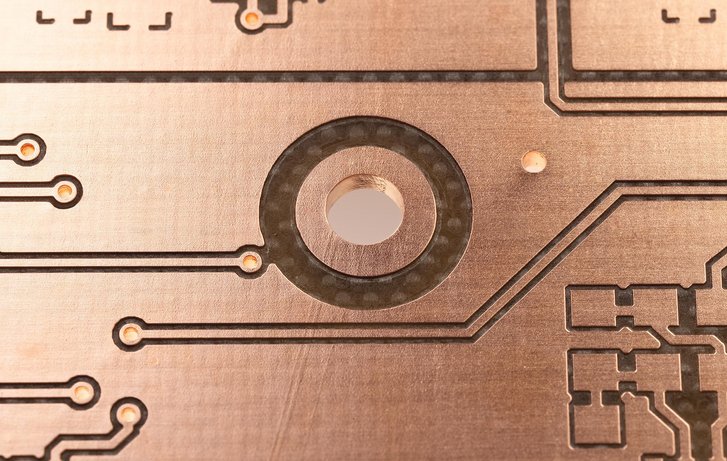
Support Team
Feedback:
support@nextpcb.comMore than 80 years have passed since 1936 when Paul Eisner officially invented the PCB manufacturing technique. PCB has become an essential basis for the electronics industry with PCB's rapid development. Although PCB generally only accounts for 5~10 % of the cost of the finished circuit board, the reliability of PCB is far more important than a single component. Because if the component is broken, the circuit board can be repaired, but if the PCB is broken, the circuit board can only be scrapped!

Speaking of reliability, this has to bring up the problem of PCB hole metallization. The core function of hole metallization is to realize the conduction between PCB layers by plating copper on the hole wall. It is the core key point that the 2-layer PCB and the multi-layer board can play a role. Therefore, many giants in the electronics industry, such as Apple and Samsung attach great importance to it.
But in fact, hole metallization technology is not complicated and can be divided into two simple parts: preparation before copper plating, and copper plating. The quality of copper plating depends on the preparation of copper plating to a large extent.
As a result, practitioners in the industry tend to focus on PCB reliability in the preparation of copper plating. At present, there are three main preparation processes for copper electroplating in the industry: PTH, Blackhole, and Shadow.
Plated Through Hole is a hole metallization process in circuit board manufacturing, also commonly called PTH, and is an autocatalytic redox reaction. It is mainly based on the displacement reaction in chemistry to deposit a layer of copper on the pore wall as a conductive lead for subsequent copper plating. If it is conventional copper, its thickness is generally about 0.5 μm. As the most traditional copper plating preparation process, it has the following advantages and disadvantages:
Black holes are one of the direct electroplating technologies. Its main principle is to make the carbon powder adsorbed on the surface of the hole wall to form a conductive layer, which can be used as the conductive lead for subsequent copper plating. Usually, its thickness is 0.5~1 μm. As one of the current mainstream copper plating preparation processes, it has the following advantages and disadvantages:
Strictly speaking, Shadow is a further development of the Blackhole process. Their principle, advantages, and disadvantages are similar, but Shadow is better than the black hole. The main difference is that the conductive layer of the Blackhole is carbon powder, while the conductive layer of the Shadow is graphite.
In addition, Blackhole is generally not used for high-end products, or with complex processes. but the black shadow can do that. The PTH process has been partially replaced by Shadow, widely used in high-end circuit boards, such as HDI boards, and IC substrates.
As mentioned above, you may think that the PTH process will be better than Blackhole, Shadow process. The industry generally thinks so, but when it comes to the actual application level, it is not. Because every PCB process will have its advantages and disadvantages, and then establish its status in practical application. If indeed has been comprehensively backward, that will naturally be eliminated by the industry.
So, it is considered that the effect of PCB Hole Metallization: PTH > Shadow > Blackhole, can be used as a reference answer, but it can not be used as a final standard answer. Because it also involves the actual situation of each process using the factory, as well as the equipment used in the process, potion, parameters, and so on.
Therefore, in reality, the process is just a means to make products. As long as the products produced can meet the requirements of shipping, and the manufacturer can obtain satisfactory profits, then the process can be adopted.
After factory verification, as a PCB manufacturer focusing on the high-end direction, in order to meet customer demand and achieve highly reliable production, NextPCB decided to adopt the most stable and mature process to ensure better delivery quality.
Still, need help? Contact Us: support@nextpcb.com
Need a PCB or PCBA quote? Quote now